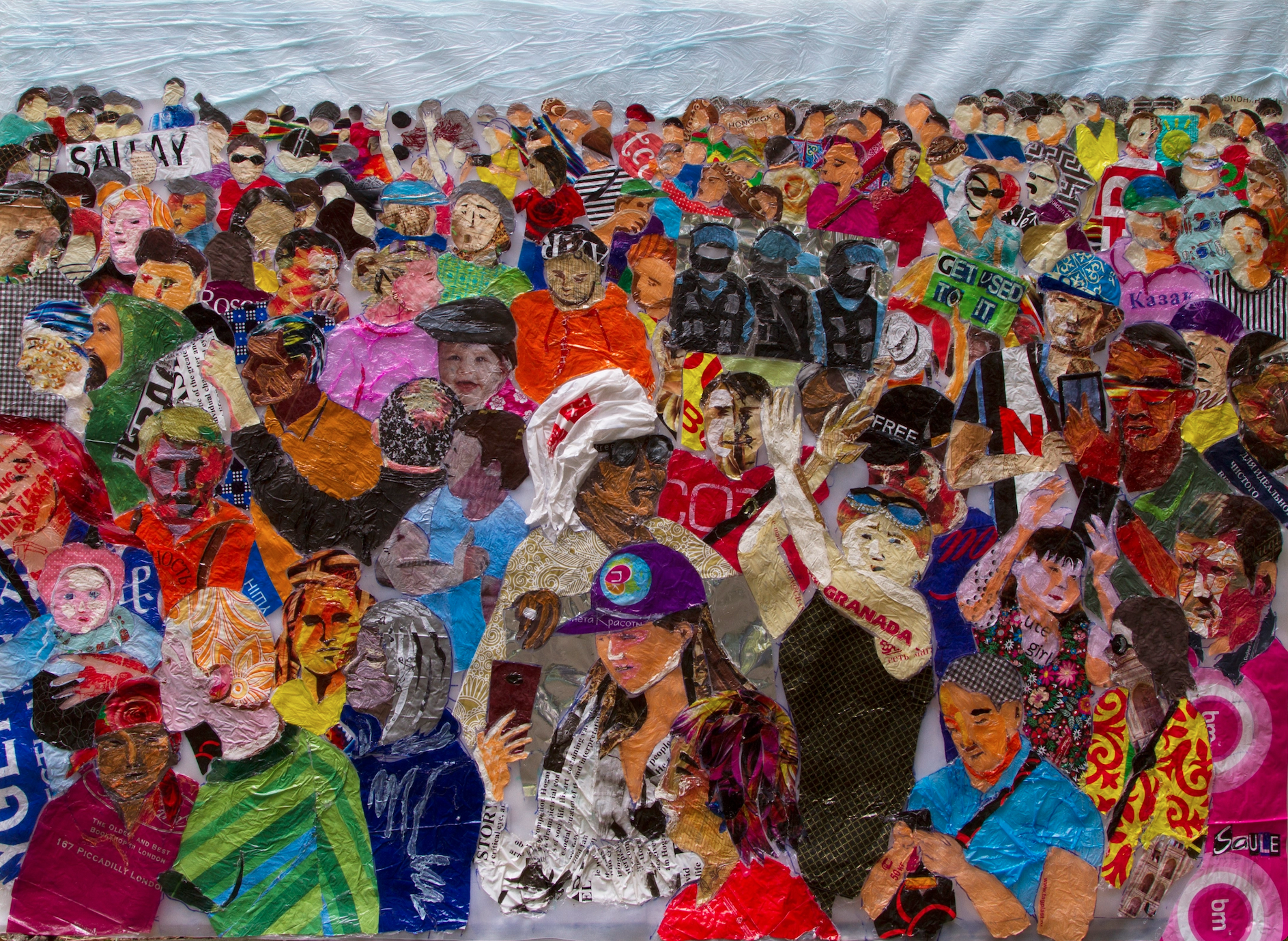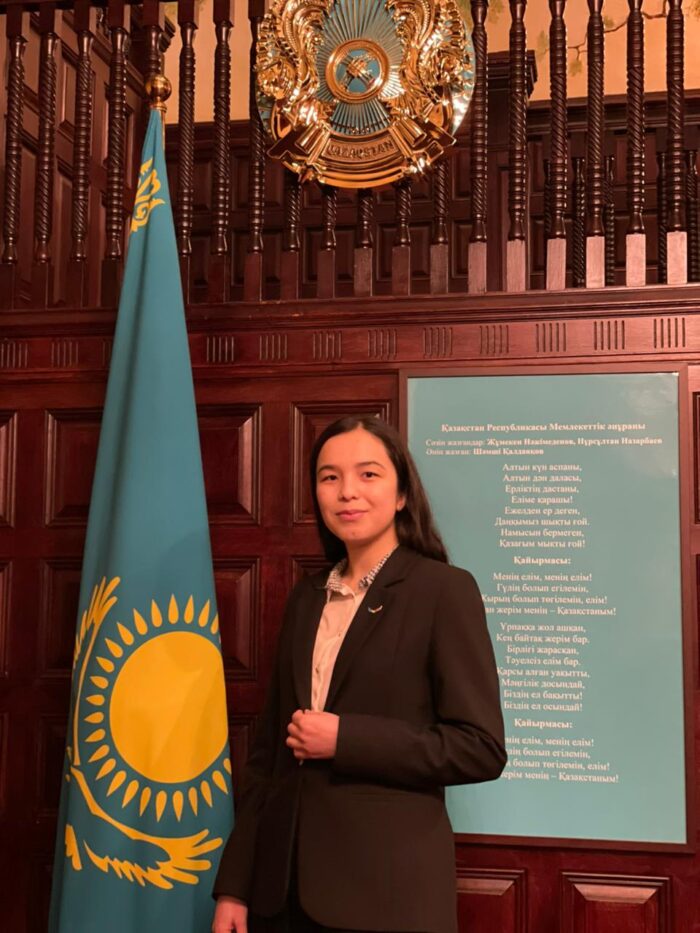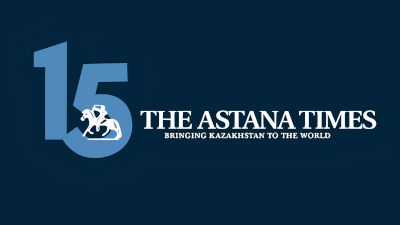Editor’s note: The Astana Times continues a section featuring articles by our readers. As a platform that values diverse perspectives and meaningful conversations, we believe that this new section will provide space for readers to share their thoughts and insights on various topics that matter to them and the AT audience.
As a Kazakh woman born and raised in a both newly independent state and post-Soviet landscape, I have often encountered the dual pull of identity – a connection to centuries old nomad traditions and a constant reminder of Soviet-era narratives that tried to redefine us. Today, however, there is a growing and vivid shift within Kazakhstan. We are moving from a borrowed identity towards an enlightened pride in our language, customs and values, defining our identity in our own unique way by taking a proactive role in reshaping the narrative. Currently, our country finds itself in a critical position in terms of its identity redefinition by blending echoes of the past with a dynamic modern reinterpretation.

Photo credit: “Cellophane painting” by Saule Suleimenova.
The youth of modern Kazakhstan are reviving their enthusiasm for the Kazakh language. Cultural events including festivals, forums and fairs are paying tribute to customs, traditions and the language itself—examples include the Nauryz celebration, Qaz Forum, The Spirit of Tengri, and the Nomad games. These celebrations and gatherings are thriving, fostering a sense of pride in our past. This shift goes beyond mere symbolism; it represents an approach and attempt to reignite our identity through acknowledging our cultural background along with adapting to the needs of a highly interconnected world. However, challenges remain on this path.

Dinara Kyzyrbayeva
The impact of Soviet legacy left a mark on Kazakhstan’s cultural identity. The Russian language was the primary medium in education, government and business settings for many years, sidelining the Kazakh language. As a result, proficiency in Kazakh became more ceremonial and symbolic rather than functional for many people. Currently, the Russian language is extensively used, particularly in big cities, posing a challenge to the development of Kazakh as the state’s official language.
In addition, the Soviet approach to defining history undermined or diminished an important part of our nomadic legacy. Traditions, customs and historic figures were often portrayed as outdated and irrelevant. I remember my grandmother’s stories about her childhood when history books depicted our heritage as a minor part of the larger Soviet narrative. As a result, many young Kazakh people felt detached from their roots because of these misinterpretations, losing their identity within the broader narrative.
Nevertheless, Kazakhstan has begun charting a new course in recent years. The programs initiated by the government such as Rukhani Zhangyru have been working to reignite and encourage Kazakh culture, language and traditions over the past few years. These programs aim to close the gap between our history and modernity by building a joint national identity, which acknowledges both heritage and progress.
The core change in these programs can be seen in the advancement of the Kazakh language. Prioritizing the recognition of the language as essential to maintaining cultural identity has positioned Kazakh as the primary language for education, commerce, and administration. The implementation of the trilingualism enhances the proficiency in Kazakh language along with preparing the Kazakh youth for a highly interconnected world.
Another key development is the digitalization and increased accessibility of Kazakhstan’s literature, art and history. Posters at bus stops and other high-traffic locations now feature information and QR codes linking to digitized resources. Thanks to modern technology it is possible to access ancient texts and national archives on digital platforms for a technologically literate audience. Moreover, social media influencers and artists play an active role in creatively promoting Kazakh culture and fostering a sense of national pride.
This cultural re-enlightenment has also influenced my immediate environment, with close friends making efforts to speak Kazakh more often, attending Kazakh drama theater performances, and supporting “Made in Kazakhstan” brands. One of the most notable examples of engaging people with Kazakh culture in a modern way is the use of art as a tool, particularly through the popular musical performance “Gaukhartas,” showcased at the Zh. Omarov Musical Theater for Young Spectators. This performance garnered significant attention from people through social media, especially among young people, thanks to its vibrant portrayal of Kazakh life through beautiful folklore, decorations, and costumes. As a result, art has become a powerful tool in engaging the youth in redefining Kazakh identity.
In conclusion, Kazakhstan’s journey to redefine its identity is being implemented in a resilient and creative manner. By merging our nomadic heritage with the modern context, we are building our story that belongs to us and defines us. While there is undoubtedly room for further development, I am optimistic that we are not only reinterpreting our past identity but also building a new one rooted in pride, purpose, and hope.
The author is Dinara Kyzyrbayeva, a graduate student at the Nazarbayev University Graduate School of Public Policy.
Disclaimer: The views and opinions expressed in this article are those of the author and do not necessarily reflect the position of The Astana Times.


